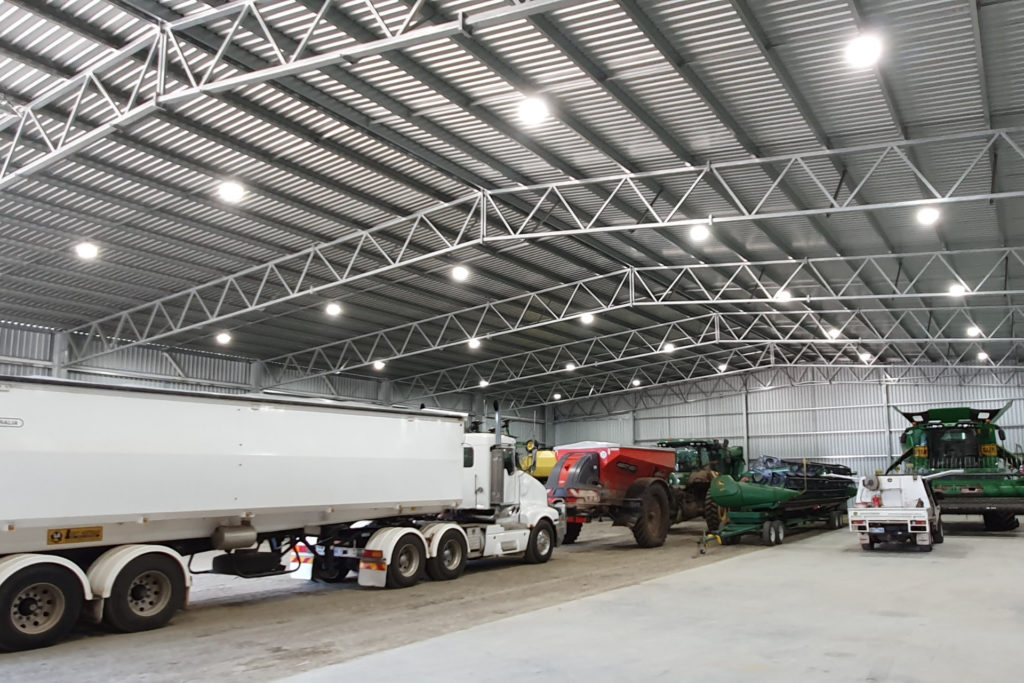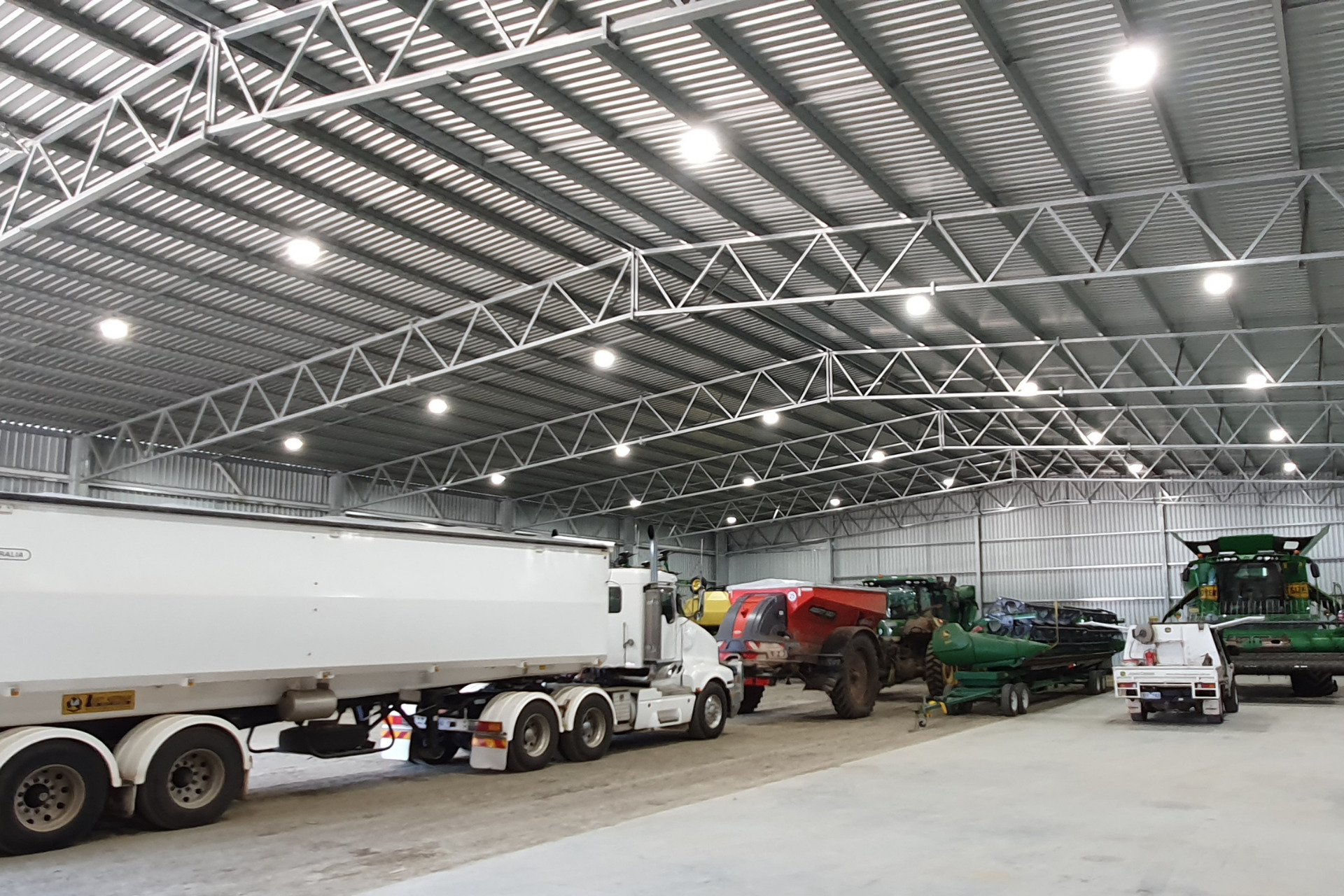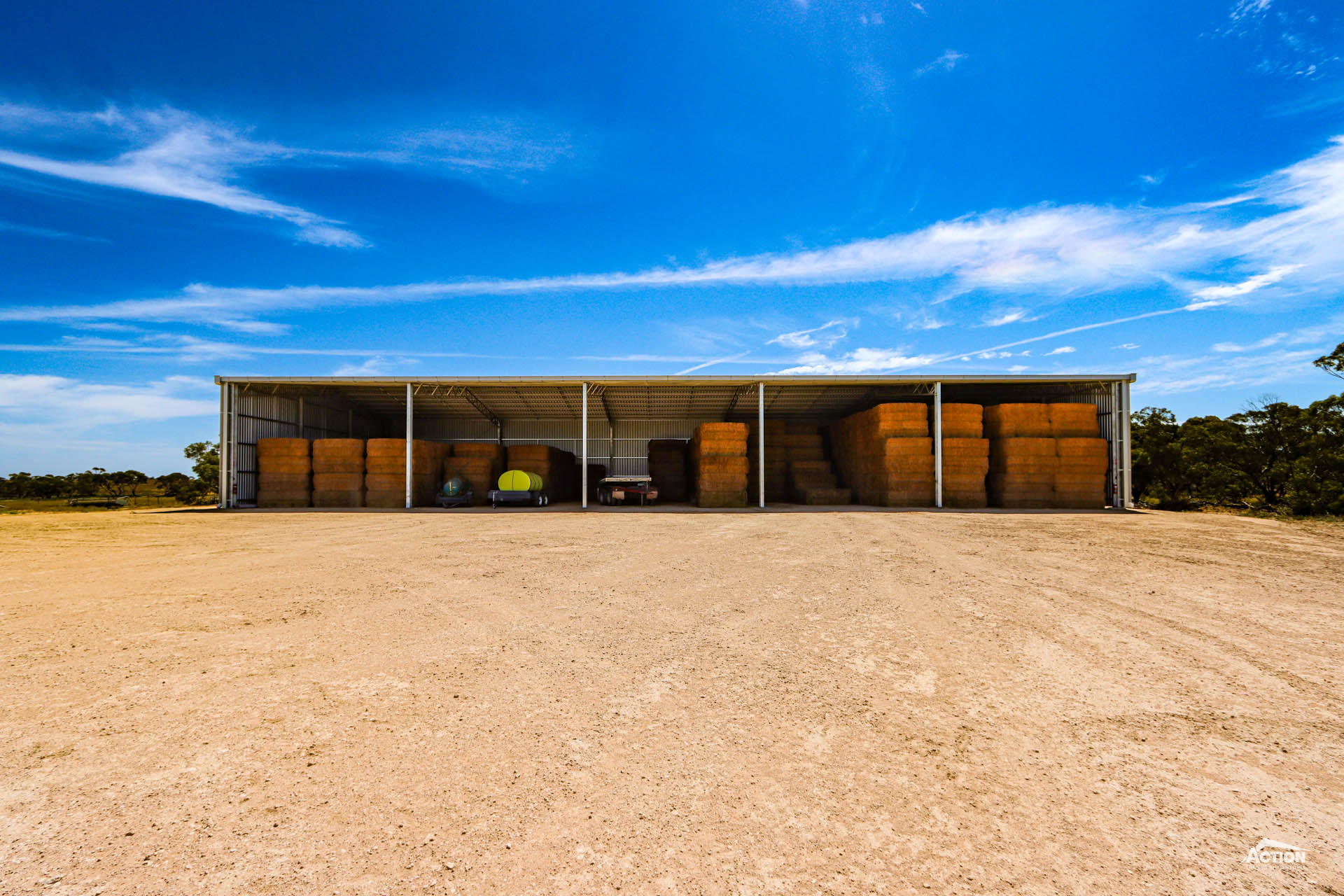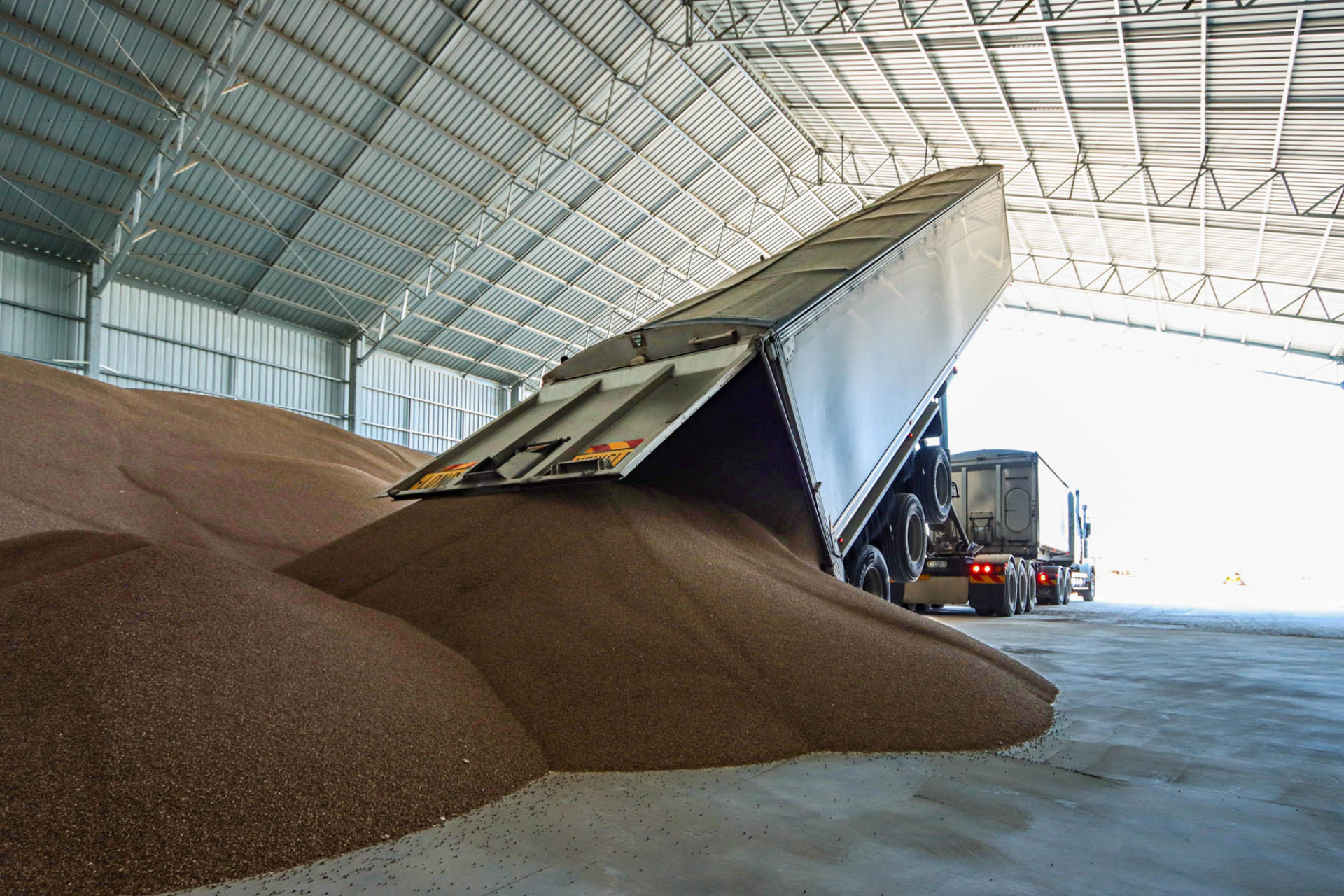Choosing the correct concrete slab thickness for your farm shed project can help avoid maintenance issues and further expense in the future.
In this article we discuss concrete slab thickness requirements and answer other commonly asked questions about concrete shed slabs, including: How thick does the concrete slab in my shed need to be? Can I install a thinner slab under workbenches?
If you would rather watch a video on this topic, check out video below from Lester.

If you are considering installing a concrete slab in your shed, whether it is for the complete shed, an apron at the front or an enclosed bay, read on to find out the ideal thickness for your shed slab and answers to these frequently asked questions.
How thick does the concrete slab for my shed need to be?
The most common thickness for a shed slab is 150mm (6 inch), with one layer of reinforcing mesh. This is adequate for any farm machinery such as tractors.
However, if you are driving fully loaded semis or B-Doubles across the slab, 170mm to 200mm is recommended, and potentially another layer of reo mesh will be required.
If you think your shed will require a thicker slab, we can engineer a slab to suit whatever purpose.
How much will the concrete slab for my shed cost?
As a rough guide, a 150mm thick slab will cost between $90 – $120m² (in rural areas).
Although a 125mm thick slab may be adequate in many situations, we believe it is best to go with a 150mm slab as the extra thickness is not overly expensive. For example, over 100m² of concrete slab, only another 2.5m³ of concrete is required to increase it from 125mm to 150mm thick – which only equates to about $500 difference!
It also pays to keep in mind that thinning the slab out under workbenches and work areas requires more preparation, so it is normally more effort than it is worth.
Repairing concrete slabs is also quite difficult, so ensure you don’t skimp on the thickness, as it could cost you more in the long term in maintenance – particularly in high-traffic machinery workshop sheds.
Should I install the concrete slab before or after my shed is built?
We generally recommend an ‘infill’ slab – which is poured after the shed is completed. This allows the concrete to form around the wall cladding at ground level and seal off the shed, helping to make the shed rodent-proof and help minimise the amount of dust and dirt that enters the shed.
Installing an infill slab is a potential cost saving too, as this method can be easier for the concreter as it requires less boxing up.
Site and shed pad preparation
Remember that regardless of the slab thickness that you choose, it is essential to start with a well-prepared site. Your slab will only be as good as the foundation. You can learn about the top 10 tips for preparing a shed pad, in the video below.
We hope this article helps answer your questions about concrete shed slabs. For more helpful information browse our Learning Hub and FAQ.







